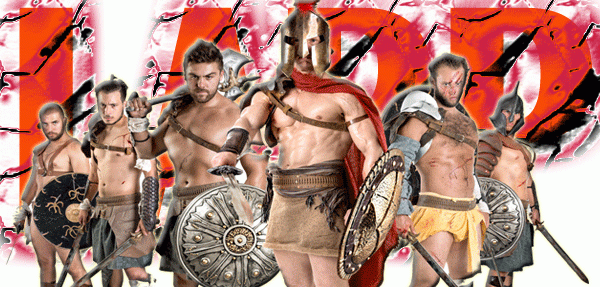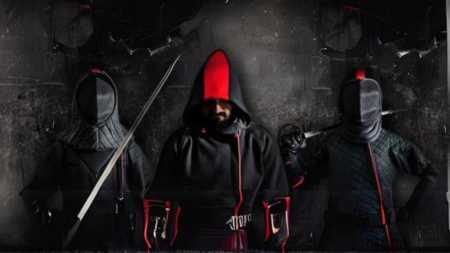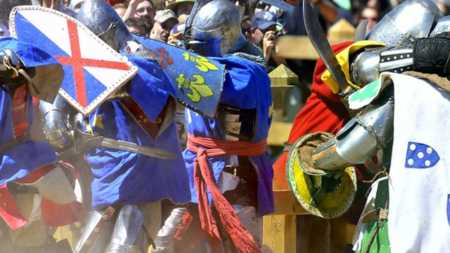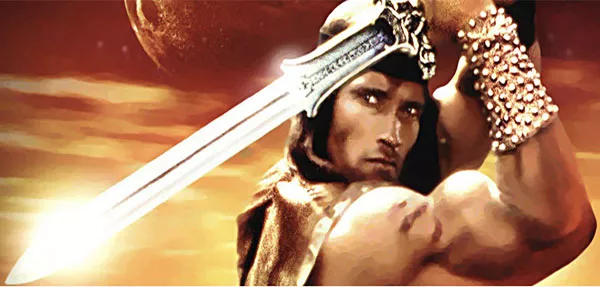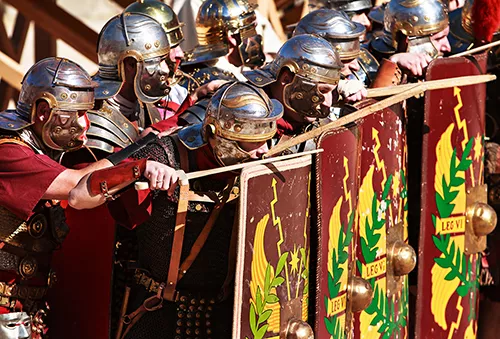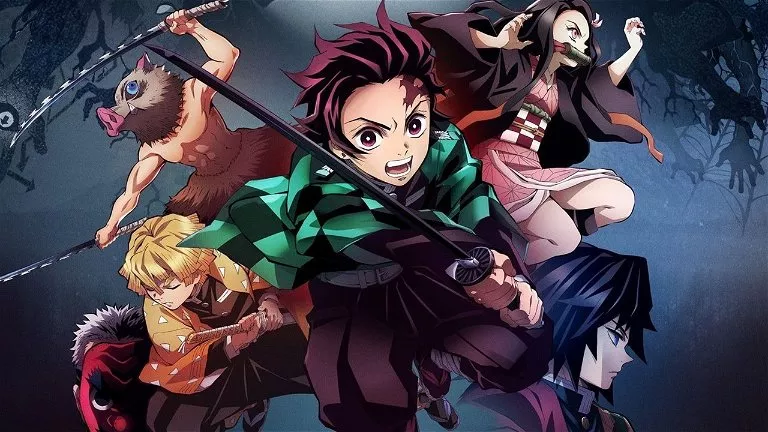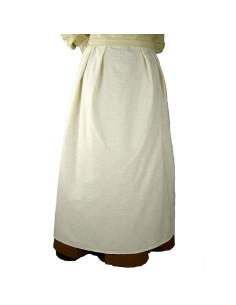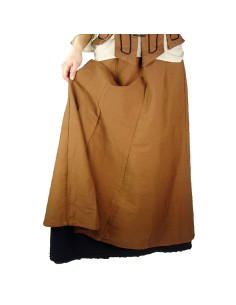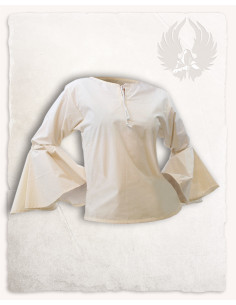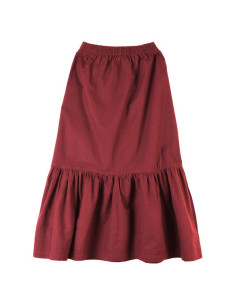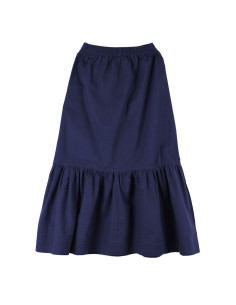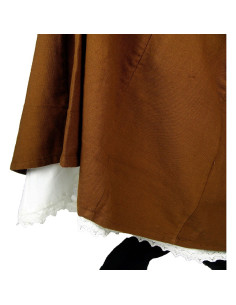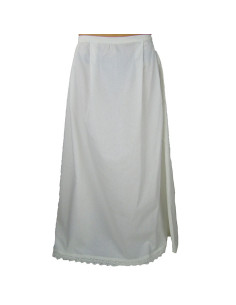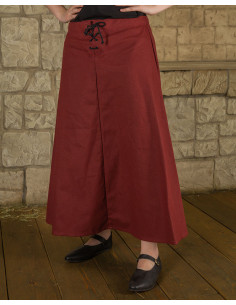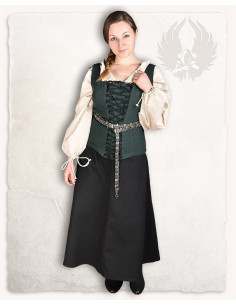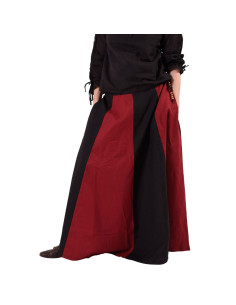Medieval skirts
12.58 €
Discover the medieval charm with the Lola model apron! This apron, available in natural white, will transport you to the time of gentlemen and ladies. It is made of 100% cotton, which guarantees its softness and comfort when using it. In addition, its manufacture in Germany by the renowned Leonardo Carbone brand ensures its quality and durability. This...
16.64 €
Medieval skirt model Noita available in dark brown. This skirt is perfect for those who want an authentic and elegant medieval style. It is adjusted using side strings, which allows it to be adapted to different sizes and provides a comfortable and secure fit. It is made of high-quality viscose material, which gives it a soft texture that is pleasant to...
20.50 €
Do you want to look elegant and sophisticated on any occasion? Then the Manon ruffled petticoat is just the thing for you. Available in a sleek black colour, this petticoat is made from 100% cotton, making it soft and comfortable to wear. In addition, its ruffled design gives it a feminine and delicate touch. But that's not all, this petticoat is also...
20.58 €
Discover the elegance of medieval times with the Felice blouse! Brought to you by Mytholon, a leading heritage clothing brand, the 'Felice' blouse transports you straight to a time where sophistication and detail were paramount. Material: Made of 100% cotton, offering a light and fresh feeling on the skin. Design: Its wide cuffs give it a distinctive and...
21.23 €
The red medieval Skirt or Petticoat is an essential garment for those who love medieval fashion. A staple throughout the Middle Ages, this petticoat provides extra warmth thanks to its fine cotton fabric, ideal for colder times. In addition to its primary function of providing warmth, this petticoat also adds volume to outer garments, thus achieving a...
21.23 €
Discover our Medieval Skirt or Petticoat in blue! This medieval essential will give you extra warmth and give you a nice silhouette. Not only will you stay warm, but you will also feel comfortable thanks to its elasticated waist that guarantees a perfect fit. Our petticoat, made of fine cotton fabric, features a unique design. The bottom of the skirt is...
21.23 €
Complete your medieval ensemble with our Kelly model cotton skirt in natural color! The underskirt (also known as a petticoat or half-slip) was a basic piece of clothing during the Middle Ages. These petticoats provided additional warmth and were therefore often worn in multiple layers. Plus, by adding volume to the outerwear, they also created a nice...
21.53 €
Are you looking for an elegant and quality petticoat? Look no further, because we have the perfect model for you: the Manon petticoat with ruffles in natural white. This petticoat is made in Germany by the renowned Leonardo Carbone brand, which guarantees its excellent quality and durability. One of the main advantages of this petticoat is its...
21.53 €
Are you looking for an elegant and feminine petticoat to complete your looks? Look no further, because we have the perfect model for you: the Manon petticoat with ruffles in white. This petticoat, made in Germany by the renowned brand Leonardo Carbone, is made of 100% cotton, which makes it soft and comfortable to wear. One of the advantages of this...
24.71 €
Complete your medieval outfit with the -Sina- skirt in burgundy cotton! This full-length skirt goes with many wardrobe ideas and gives you the versatility you need to create different looks. Thanks to the inset pieces on the sides, the skirt falls more fully from the hips downwards, giving it an elegant and flowing look. You can close it using the...
24.71 €
Elevate your medieval style to the next level with the stunning 'Sina' Skirt in black cotton! This full-cut skirt is the perfect choice to complete your medieval outfit and gives you the versatility you need to create a variety of unique looks. Here's why the 'Sina' Skirt is an essential addition to your medieval wardrobe: Wide and elegant cut: Thanks to...
25.48 €
Discover the elegance and charm of medieval times with our Red-Black Long Medieval Skirt. With its unique design of black stripes on a vibrant red background, this skirt captures the essence of medieval fashion in a modern and sophisticated way. The skirt is made of 100% cotton, which makes it light and breathable, perfect to wear on any occasion. Its...

